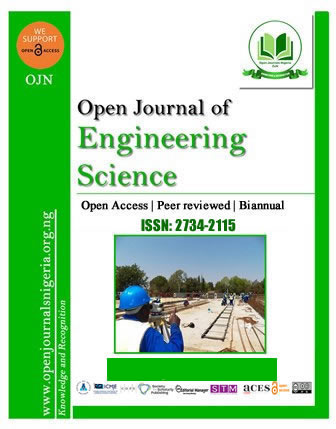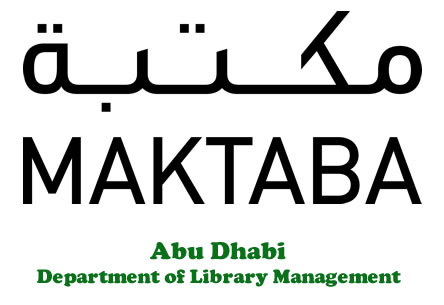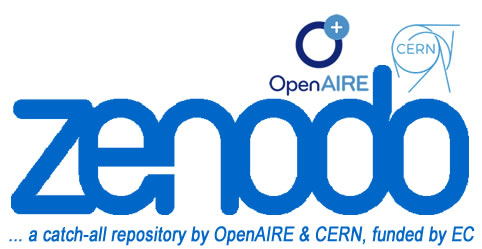OPTIMAL CEMENT REPLACEMENT LEVELS IN CONCRETE USING GROUND GRANULATED BLAST FURNACE-SLAG FOR WORKABILITY AND STRENGTH DEVELOPMENT.
DOI:
https://doi.org/10.52417/ojes.v6i1.786Abstract
Workability and strength development of concrete incorporating Ground Granulated Blast-furnace Slag (GGBS) as partial replacements (10%, 20%, and 30%) for Portland cement (PC) has been investigated. The nature of the components of GGBS has shown a glassy sphere with a composite shell. The form, size, and physical nature of the particles are shown to be the main influences affecting the workability of fresh GGBS concretes and the strength development of the hardened GGBS concrete. The relationship between progressive GGBS particle reaction and strength gain with time has been observed for standard cured concretes up to 28 days. The workability of the concrete was measured by the slump tests. Reductions in the workability were obtained when the mixtures contained 10% GGBS, with greater reductions being experienced as the GGBS replacement level increased up to 30%. Similarly, a relationship between progressive GGBS particle reaction and strength gain with prolonged days of curing time has been observed for standard cured concretes. The early strength development due to the addition of GBBS is largely a beneficial interaction between the normal hydration of cement and the latently hydraulic reaction of GBBS. The study concluded that replacing up to 30% of the optimal replacement of cement in concrete with GGBS could reduce concrete production costs on a project while retaining the acceptable levels of concrete workability and required strength developed.
Published
How to Cite
Issue
Section
Copyright (c) 2025 Oseke & Marrie

This work is licensed under a Creative Commons Attribution-NonCommercial 4.0 International License.



















